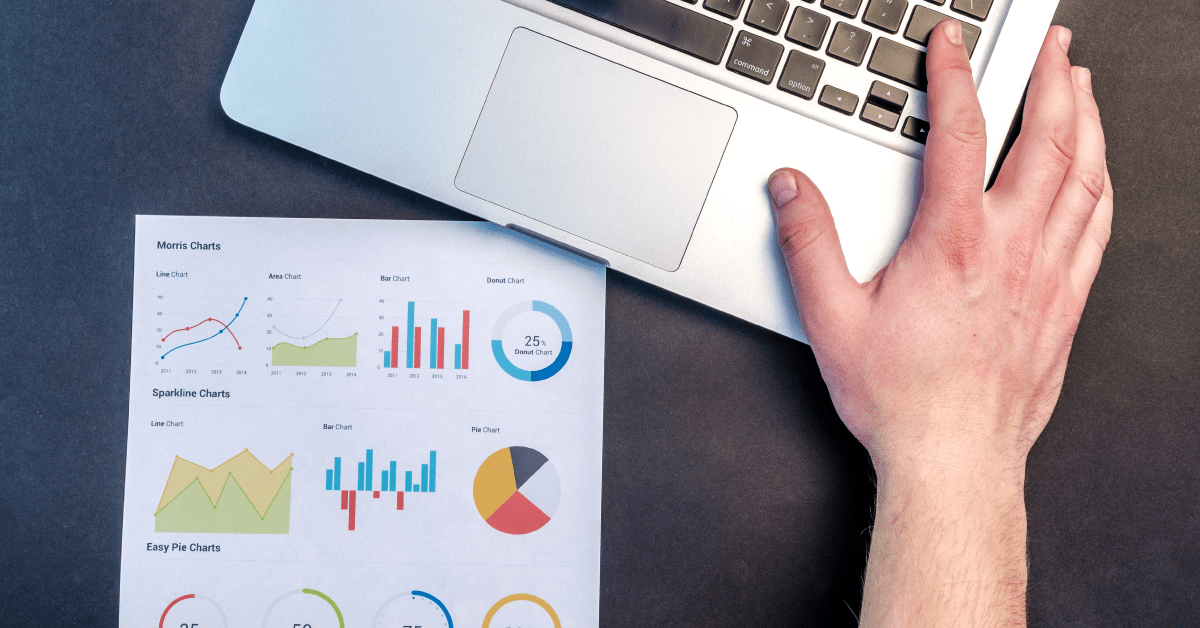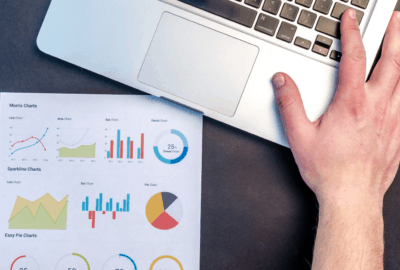 Companies are independent entities. They evolve and change constantly even outside working hours. This is because each activity within the working day has a direct repercussion that can take place at any time. In this case, Remote Monitoring is one of the best practices for monitoring business performance.
Companies are independent entities. They evolve and change constantly even outside working hours. This is because each activity within the working day has a direct repercussion that can take place at any time. In this case, Remote Monitoring is one of the best practices for monitoring business performance.
Here’s the good news from Remote Monitoring for medium and large enterprises.
Why invest in Remote Monitoring?
Remote Monitoring (RMM) maintains process tracking and event control from anywhere in the world. Therefore, no matter how far away your vendors are, Remote Monitoring tools allow you to synchronize efforts and execute tasks seamlessly.
Although the MMR has been presented as a practice exclusive to the ITSM, other departments can benefit. With the right resources, the RMM has the ability to drive digital transformation in all areas of the enterprise.
In addition, companies with this kind of implementations can take control of their daily activities. All this without depending on our own physical network or permanent staff. As you can see, expenses are reduced considerably.
In most cases, RMM software can work alongside other software solutions. Hence, you can get detailed information about your performance in the marketplace or the productivity level of the employees.
Practical Benefits of Remote Monitoring
We counted the benefits of Remote Monitoring in medium and large companies:
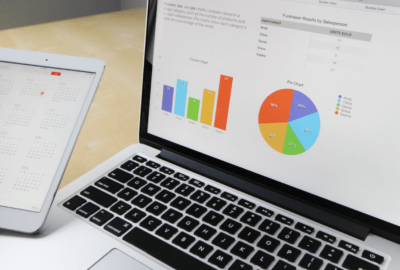
● Reduced Total Cost of Ownership
Digital transformation and outsourcing have multiple advantages in companies. You can save thousands of dollars each month with the support of remote staff.
In addition, you can avoid the costs of expanding the physical structure of the in-office hardware network.
The daily monitoring, 24 hours a day, allows the adequate use of the machines and their systems. This keeps your corporate updated and away from obsolescence.
While you will need to invest in upgrades and technical support, this annual amount will be much more beneficial compared to purchasing new devices.
● Flexibilization of work teams
Remote Monitoring favors the satisfaction of your employees and vendors. From their comfort of home, they can perform essential activities such as system error resolution, computer traffic control, ticketing, patch management, scheduling, task automation, and vulnerability elimination. It also allows the development of agile projects through intuitive reports.
The MMR protects the economic interests of the company. Remote practice requires self-managed, efficient and experienced personnel. You can choose to hire freelancers or delegate tasks to vendors. These are usually open to negotiation.
● Maintenance
The remote monitoring software allows you to carry out periodic maintenance without having to move operators to your offices. Maintenance can be performed at any time of the day, without interrupting operational processes.
RMM maintenance services also include immediate detection of system errors and vulnerabilities.
● Goodbye to money leaks
Poorly managed IT resources can lead to money leaks. Whether it’s a server crash or errors in your platform codes. Your business can lose thousands of dollars every hour by being cut off from the rest of the world. This can only be avoided by uniting synergies with preventive event tracking and specialized human effort. In this respect, Remote Monitoring is the perfect match.
4 integrations to optimize Remote Monitoring
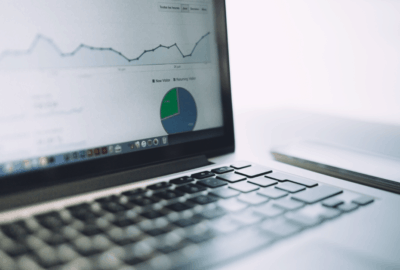
Regardless of the type of personnel you use for remote tasks, it is essential to have the right tool. We recommend that you choose the solution rather than leaving the decision to your vendors. The IT team knows in depth the operational needs and weaknesses of each department. Ask your staff before purchasing the product.
On the other hand, there are four elements that make a good Remote Monitoring system:
# 1 Real-time data evaluation
Real-time evaluation is essential in any modern MRM. Having a real-time history allows your vendors and in-house teams an overview of your company’s IT health.
This integration facilitates the detection of the early problems that alter interoperability; as well as promoting the timely updating of systems and the strengthening of cybersecurity.
# 2 Automation and scripting
Through automation, you guarantee compliance with quality protocols and SLAs. This feature allows you to receive notifications from your suppliers’ activities, ongoing updates and sensitive events for your systems
On the other hand, remote teams can create back-end workflows, standardize processes, create preventive tickets and account for your digital assets. Scripting, on the other hand, helps solve immediate problems related to the platforms’ source code.
In addition to automation and scripting, both service providers and service receivers can work collaboratively. This involves solving technical errors in a synchronized manner, saving backups, tracking modifications and monitoring the IT activities of other departments.
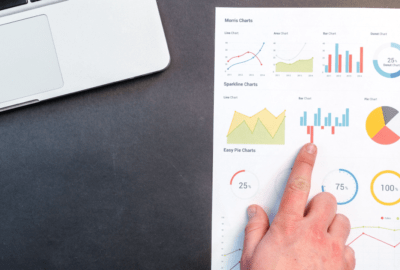
# 3 Intelligent monitoring
Intelligent monitoring represents an upgrade in your RMM tasks. It avoids duplicated data, fixes recurring errors without human assistance, and allows automatic routing.
It also offers instant reports adapted to the needs of the vendors and the receiving company.
# 4 Cloud System
100% Cloud services enable adaptive scalability. That’s why, whether the company goes from medium to large or simply extends its IT network a little further, the Remote Monitoring Cloud is capable of supporting all the daily tasks, events and repairs of each platform. All this without slowing down the response time of the supplier and without causing interference in the operation of the companies.
At GB Advisors we recommend Autotask PSA for the Remote Monitoring of your company. It is the best-qualified solution for internal remote team projects and vendors. With our consulting and installation services we can help you make the most of your IT resources. Contact us.
